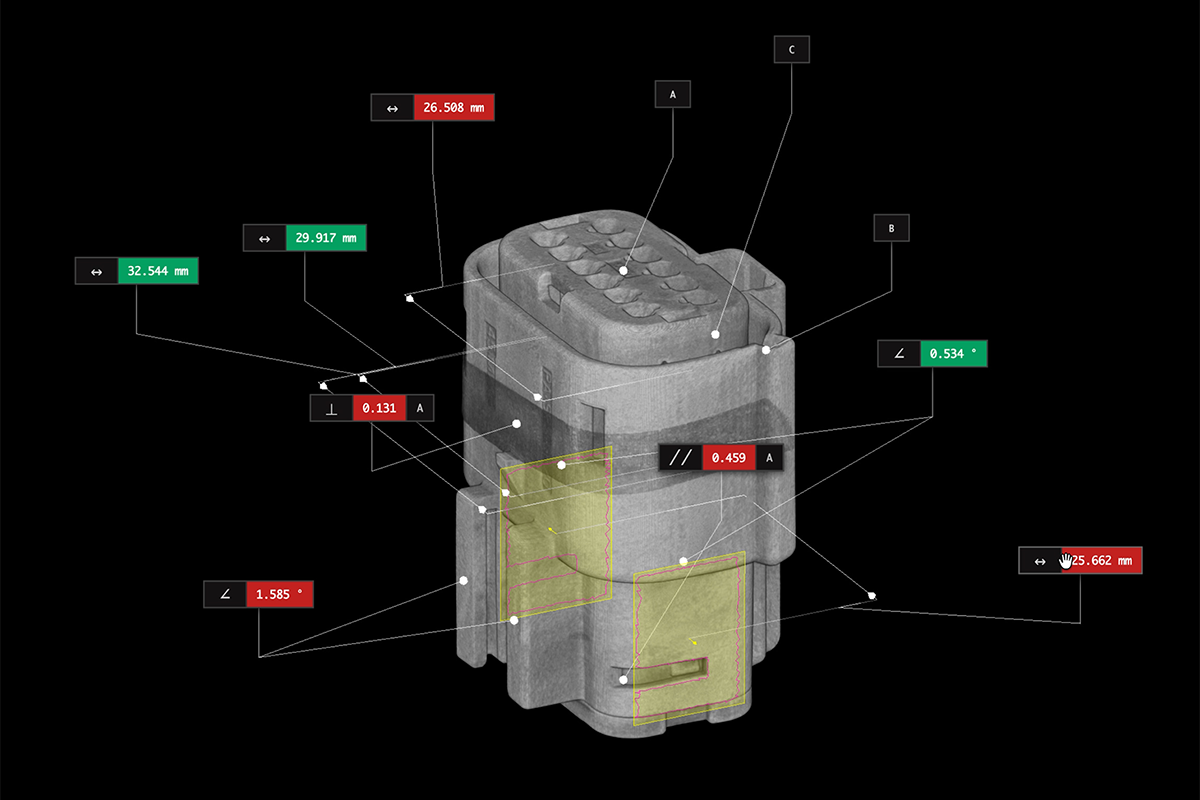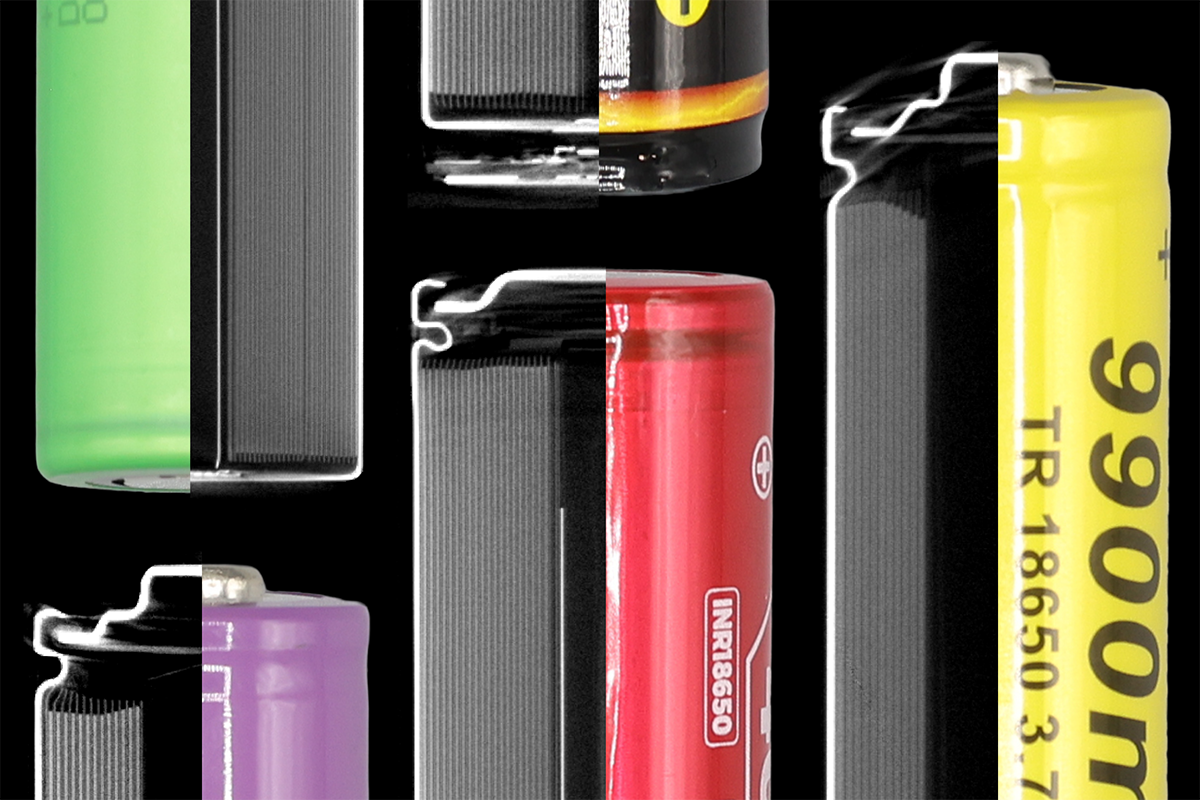Bite into Doritos, Ruffles, and Cheetos with an industrial CT scanner
You may have seen our viral social media posts where we CT scan bags of chips and create stunning visualizations of them. Now you can try it yourself.
At Lumafield, we’re committed to sharing knowledge by making the highest-quality data accessible to as many people as possible. Usually, this means helping engineers manufacture better products by providing unparalleled insight into them through our Neptune industrial CT scanner and Voyager analysis software. But we also like to have some fun with this remarkable technology. Here’s how we created perfect replicas of Doritos, Ruffles, and Cheetos with our CT scanner and a 3D printer.
Operation replication
CT scanning
We chose Cheetos, Doritos, and Ruffles for their iconic and instantly recognizable shapes, and we knew our Neptune CT scanner could capture their vastly different textures and forms – the ridges of Ruffles, the triangular geometry of Doritos, and the golden dust of Cheetos. We didn’t need a CT scanner to tell us that these bags are mostly air, but without CT, we never could have precisely visualized every crevice, groove, and speck of seasoning — both inside and out.

Explore the scans
Our Voyager analysis software is incredibly easy to use even without any experience. When you open one of the links below, you’ll be prompted to make a free account. After that, you’re in.
- Use your mouse to drag/move the object around
- On the left, you’ll see bookmarks to help you navigate the scans
- On the right, you can adjust the range map on the visualization
Rendering
The result of each scan was a highly detailed digital reconstruction of the chips’ structure and texture, but there was one missing element: their distinctive, otherworldly colors. Using our Voyager analysis software, we could easily download our scans as STL files and export them. Then we used Blender to add the chips' color and texture to create a perfect digital replica of the chips down to the crumbs at the bottom of the bag.
3D printing
After creating a hyper-detailed digital model of the chips, it was time to bring them into the real world. Since our goal was to make replicas good enough to trick someone, we decided to use a Stereolithography (SLA) resin 3D printer that excels at replicating the kind of detail that our CT scanner is able to capture. We chose one chip from each variety and exported their STL files straight from our Voyager software.

Fifteen hours, three isopropyl alcohol baths, and a final cure at 70°C later, we got to hold three perfect plastic Doritos, Cheetos, and Ruffles!
To put the finishing touches on the chips, one of our talented interns offered to paint them. They started with a base coat of white, and in a matter of hours, our mouths were watering at the sight of our favorite chips.













.png)